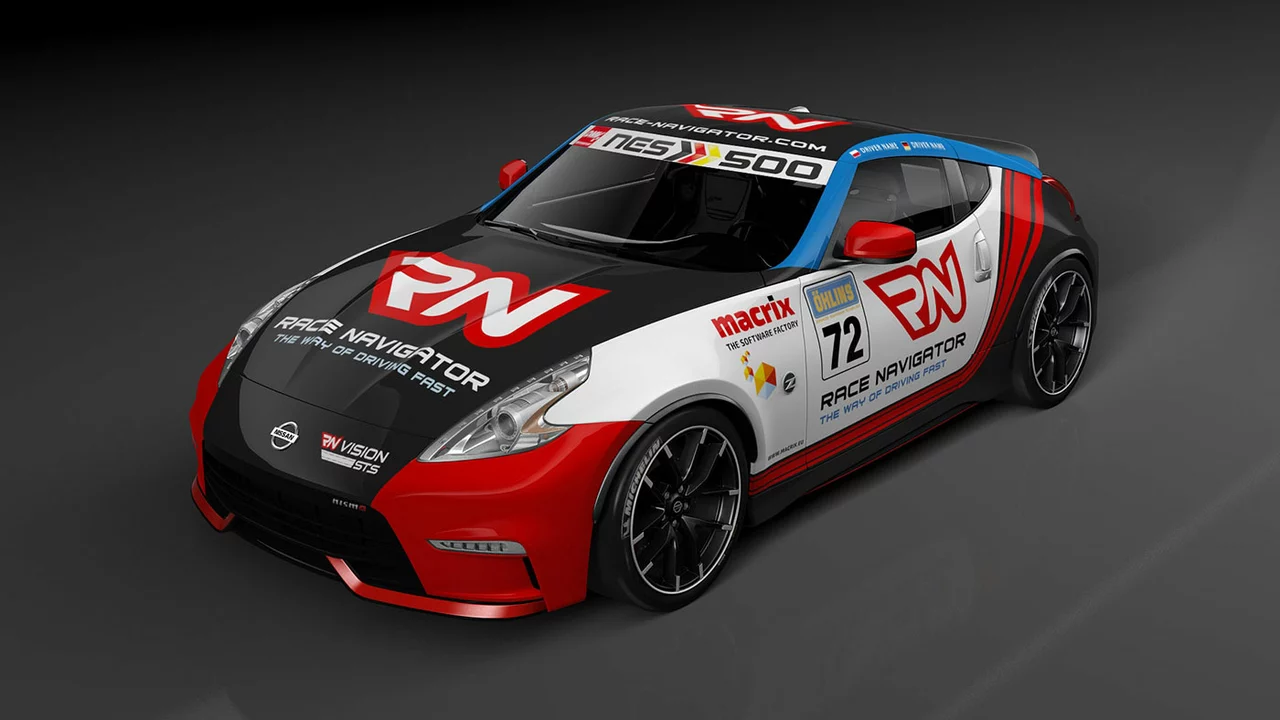Racing Industry Trends: What’s Shifting in Motorsports Today
Motorsport fans hear a lot of buzz these days. New cars, new data, new ways to watch the action. It can feel like a lot to keep up with, but the biggest changes all share a common goal: faster, cleaner, more engaging racing. Below are the trends that are actually changing the sport right now.
Electric Power and Hybrid Tech
Electric power isn’t just for city cars anymore. Series like Formula E have proved that electric‑only racing can be thrilling, with instant torque and close battles. At the same time, the top‑level F1 cars now run hybrid power units that blend a turbo‑charged V6 with a battery‑driven motor. The result is a car that’s louder on the track but quieter on the planet. Teams that master this balance are already pulling ahead, and you’ll see more electric and hybrid classes popping up in regional series.
Data, AI and Fan Engagement
Every lap now generates megabytes of data. Teams use that data to tweak aerodynamics, tire choices, and even driver coaching. AI tools can spot patterns a human might miss, suggesting set‑up changes in seconds. For fans, the same data means live telemetry on apps, in‑car camera streams, and printable heat maps that show exactly where a car gained or lost time. Some platforms even let you create a virtual race with your favorite drivers using VR goggles – it feels like you’re on the grid without leaving your couch.
Another big shift is how people watch races. Traditional TV is still strong, but streaming services now offer multiple camera angles, real‑time stats, and interactive polls. Young audiences love the ability to choose their own commentary or switch between a bird’s‑eye view and a pit‑lane perspective. This interactivity keeps viewers glued in longer and turns casual fans into regular followers.
Sustainability is moving from a buzzword to a rulebook item. Series are cutting down on single‑use plastics, using bio‑fuel blends, and even testing fully carbon‑neutral events. Some championships offset travel emissions by partnering with green energy firms. When a race can claim it’s carbon‑neutral, sponsors and fans alike feel better about supporting it.
Business models are adapting, too. Teams are turning to subscription‑based content, offering behind‑the‑scenes footage for a monthly fee. Merchandise is getting smarter with QR codes that unlock exclusive videos. These new revenue streams help clubs survive in a market where ticket sales can be unpredictable.
For those thinking about a career in motorsport, the skill set is expanding. Engineers now need a mix of mechanical know‑how and data science chops. Media teams look for people who can edit video on the fly and engage fans on social platforms. Even roles like sustainability officers are becoming common in big teams.
All these trends point to one thing: motorsport is getting more connected, cleaner, and fan‑focused. Whether you’re a die‑hard follower or just curious, the changes mean more ways to enjoy the rush of racing. Keep an eye on the electric classes, the data‑driven strategies, and the new ways you can watch – the sport is moving fast, and you’ll want to be part of it.

Is automobile racing a dying sport?
From my perspective, the idea that automobile racing is a dying sport is subjective. While it's true that viewer numbers have seen a decrease, it's also clear that the sport is evolving with the times, introducing electric cars and sustainable practices. Additionally, the rise of e-sports, including virtual car racing, has opened up new avenues. Also, certain traditional races still pull in large crowds and TV audiences. So, while the sport may be changing, it's far from dying out.